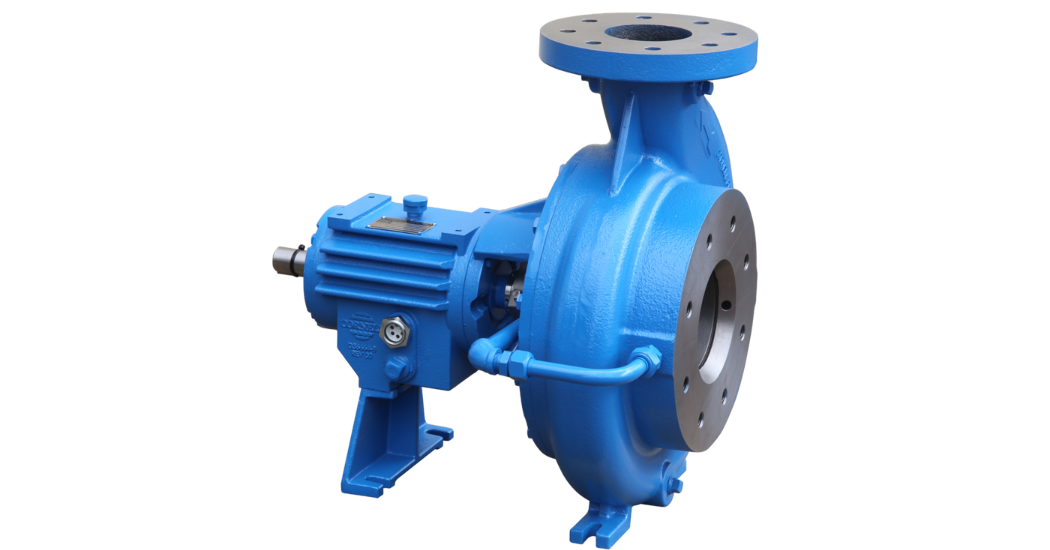Z-Series, designed by Cornell, the industry leader in efficiency and innovative design, is not just ANSI dimensionally compatible but also a reliable choice. Consider the difference between a cheap single-blade razor and a sleek multi-blade razor with refinements and features. Both may fit dimensionally in the same space, but their performance, longevity, and ease of use differ. Similarly, Z-Series ANSI pumps offer a level of reliability that sets them apart.
Z-Series Key Features:
- ANSI Compatibility
Easily placed or replaced into standard piping and base mount.
- Centerline Construction
Conforms to industry standard design.
- Frame Mounted, Engine Mounted or Close Coupled
Multiple mounting options to best suit users’ needs.
- Ductile Iron or CD4MCU
Significantly stronger and more corrosion-resistant than many other manufacturers’ cast iron ANSI pumps, The Z-Series builds on its robust reliability from cast-on-up
- Casings
Thick wall casings exceed industry standards to prolong life.
- High Strength Shaft
Cornell’s oversize shafts help with deflection and wear.
- Cornell Co-Pilot™ pump monitor ready
The industry-leading rotating equipment monitor is now a standard.
- Enclosed impeller
Increasing efficiency with enclosed impeller.
- Oversized Oil lubed bearings
Oversized bearings better dissipate heat and prolong life, while oil is standard in ASNI configurations.
- Bearing frame isolators
Protects against contamination ingress and lubrication loss, helping significantly increase the longevity and reliability of Z-Series.
- Type 1 Single or Cartridge Single Seals Standard
Multiple sealing options allow maximum flexibility across applications.
- Redi-Prime/ RunDry™ Capable
Cornell’s patented Redi-Prime® system allows for unattended priming and re-priming. At the same time, the RunDry™ option enables the pump to survive if it were to accidentally run without liquid media in the pump for some time.
- Hydraulic balance line
Cornell’s feature makes the pump look unique—but more importantly, it helps reduce axial thrust without having to drill efficiency-sapping holes in the impeller.
